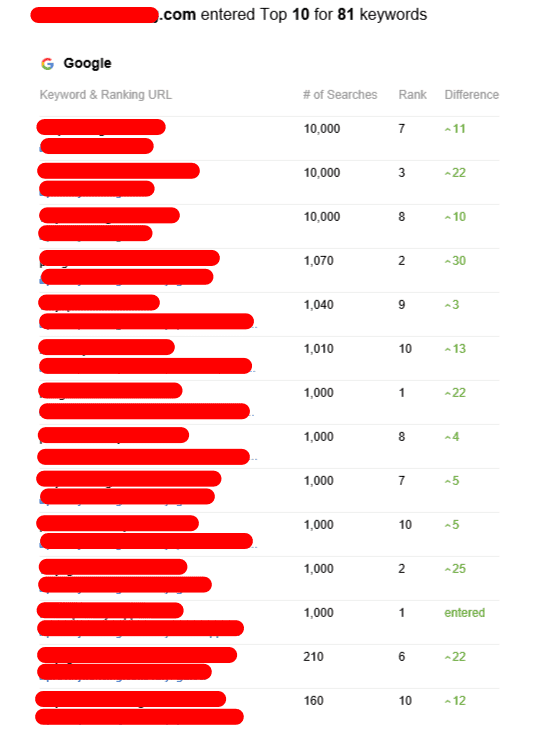Tiered Link Building - The Dangers of Black Hat Link Building
Tiered link building is a fantastic method of improving your search engine rank. It is crucial to remember that black-hat strategies can be dangerous. Since time immemorial, search engines like Google have cracked down on these practices with their numerous updates.
It is essential to avoid using black-hat SEO techniques such as PBNs and blog commenting. These techniques are wasteful and could lead to penalties from Google.
First-tier links
This method of building links involves placing links on sites that have a high Domain Authority (DA) and a large amount of traffic per month. It is a fantastic way to get your website noticed by search engines. However, it's not the best solution for every situation. It may lead to some temporary improvement in rankings, but it is still important to focus on the quality of your backlinks.

The goal of first-tier backlinks is building your profile by incorporating a few natural-looking, high-quality links. This will help you rank for keywords that are relevant to your specific niche. This will also help you gain a better website reputation which is essential for getting the most visitors from search results.
While some black hats advocate it, it's still a risky method. It's not a good idea and isn't in line with Google's Webmaster guidelines If an individual reviewer finds it, they may make a manual decision that could significantly lower your ranking.
To avoid this risk You should strive to make your first-tier links appear as natural as possible. They must be relevant to the article they are embedded in and not appear obvious or overly-spy. It's also recommended to verify whether the directory in which you're putting your first-tier links has been indexed by Google. You can confirm this by typing in the URL of the directory in an online search engine like Google and then seeing how many results show up.
Second-tier links
Tiered link building is an excellent way to boost the power of your PBN, but it's not without risk. Google is securing links that appear to be fake, and the low-quality link tiered linking construction relies on becomes less effective with time. This kind of link building can result in penalties for your website, and may even lower your ranking.
To avoid penalties It is essential to use white-hat methods to manage your second-tier links. For instance, you need to use high-quality content on websites that are relevant to your field. These websites will be more authoritative than comments and forums, and are more likely to be clicked by people who are interested. It is also possible to submit articles to relevant directories. Another option is to sign up for HARO, an email subscription service that sends you daily emails with topics that journalists are keen to cover.
In addition to increasing the authority of your PBN In addition, second-tier backlinks can also improve the quality of your primary backlinks. Second-tier links that are built on sites that have a high authority on domains will boost the authority of primary backlinks. It's advisable to mix second-tier standalone links with second-tier secondary links used in conjunction primary links. This will maximize the benefits.
Third-tier links
Tiered link development has become a well-known method of increasing the authority of websites. It can be used to improve rankings, boost the number of visits, and boost the revenue. This technique involves using an array of backlinks that gradually increases in quality. It also helps in avoiding spam filters.
If not done properly, linking to the top of the line is an extremely risky procedure. Google may penalize your site if you use too many links with poor quality. This is because tiered linking isn't in conformity with Google's Webmaster Guidelines.
Tier 1 links are among the top quality backlinks you could get. They should be anchored to the keywords you're targeting and be relevant to the content on your page. tier linkbuilding will help your site get a higher rank for the keyword you're targeting, which can result in increased visitors.
Tier 2 links are a bit less important. These links are typically to directories, blogs, and Q&A sites. Tier 3 links tend to be less shady but they can be useful. They include forums, comment sections and bio profiles links. In general, those who participate in tiered link building tend to throw quality, relevance and context out the window at this point. They employ automated tools to create third-tier hyperlinks, and then link them to low-authority sites.
Fourth-tier links
Tiered link building is a powerful strategy that increases the rank of a website's organic search. It is only effective when combined with other white-hat SEO strategies. Google may penalize your website if you do not follow these guidelines. Google penalizes websites using tiered links due to the fact that they are often coupled with low-quality content.
Tiered links are also often linked to low-quality blogs and websites. They could lose their value if search engines start to consider them spammy or irrelevant. These links can also be found on low-quality profiles on social media or web 2.0 platforms and other websites that feature user-generated content. These backlinks are usually low-quality and can be generated using automated tools.
Additionally, there are disadvantages tiered links may result in a backlink profile which is over-exaggerated and can cause harm to a website's SEO optimization. This is due to the fact that it is difficult to distinguish between quality and low-quality backlinks. Moreover, it can be expensive for a company to maintain a lot of links. Therefore, it is recommended to employ tiered link construction as part of an overall strategy for content marketing. This will ensure that your content is relevant to the target audience and will be more likely to bring visitors to your website.
